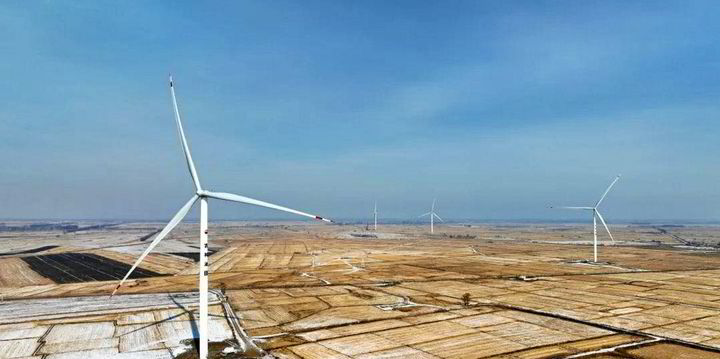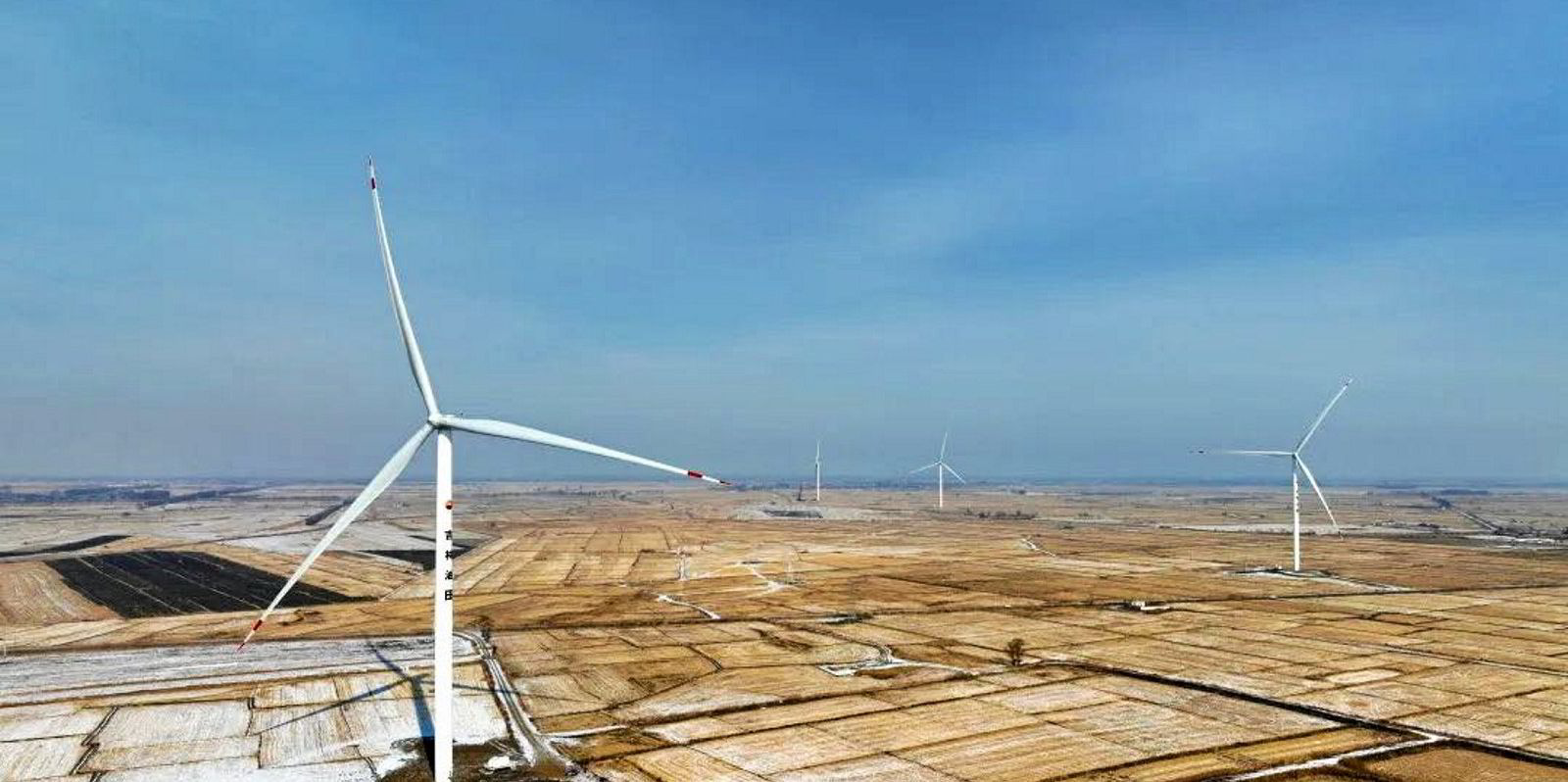State-owned China National Petroleum Corporation has won approval from the Chinese government to build three green energy production bases integrated with wind and solar energy facilities in China’s far flung Gobi Desert.
The National Energy Administration (NEA) said at a recent press conference that the three bases to be developed by CNPC will be located in Ordos basin in Shaanxi province, in Inner Mongolia and in the Qaidam basin in Qinghai province.
The three bases will have a total power generation capacity of 4.5 gigawatts, including a 3-GW facility at the Sulige gas play of the Changqing oil and gas field in Inner Mongolia’s Ordos basin, a 500-megawatt facility in Gansu province and a 1-GW facility at the Qinghai oilfield in the Qaidam basin.
CNPC this year will focus on the construction of centralised photovoltaic power generation projects with total installed capacity of 1500 MW.
By the end of 2025, CNPC plans to commission facilities with total installed capacity of 4 GW of wind and solar power projects in Changqing.
China first initiated the wind-solar integrated green power scheme in 2021, when the government recommended the building of nine such bases in the northeast, southwest and northwest over 12 months. The first batch of such projects with total installed capacity of 97.05 GW was approved in 18 months that same year.
Article continues below the advert
The State Council, China’s cabinet, is especially keen to build such facilities in the Gobi Desert that has abundant wind and solar resources.
In March, China’s energy watchdog, the NEA issued a decree calling for an urgent shift from fossil fuel-based power generation to renewable energy-powered green hydrocarbon exploration and production onshore and offshore China.
The three-year (2023 to 2025) action plan aims to increase natural gas supply by 4.5 billion cubic metres, which would otherwise be used to fuel power generation at onshore and offshore upstream operations.
The NEA said that in the long run, China should create a new energy system with multiple energy supply sources including geothermal, wind and solar in an effort to decarbonise its hydrocarbon E&P ventures.
Onshore field operators should cash in on the vast landmass to develop solar energy, while offshore operators should take advantage of offshore wind resources to build offshore wind farms to supply green power for oil and gas operations.
The centralised development of wind power and photovoltaic power generation is particularly encouraged at major onshore fields such as Daqing, Changqing, Shengli, Tarim and Xinjiang.
CNPC has just started operation of its first onshore wind farm in northeastern China’s Jilin province, involving 18 onshore wind turbines with total power generation capacity of 78 megawatts. The wind farm is able to generate 260 million kilowatt hours per annum of electricity to power oil and gas exploration and production at the Jilin field.
The project, which will replace diesel and coal-based power generators, will be able to reduce CO2 emissions by 202,000 tpa.
By the end of last year CNPC, the country’s largest onshore operator, had established 1.4 GW of wind and solar-powered generation capacity, supplied heat through geothermal projects to areas covering 2500 square metres and cumulatively reinjected 5.5 million tonnes of CO2 into depleted reservoirs for permanent storage.

